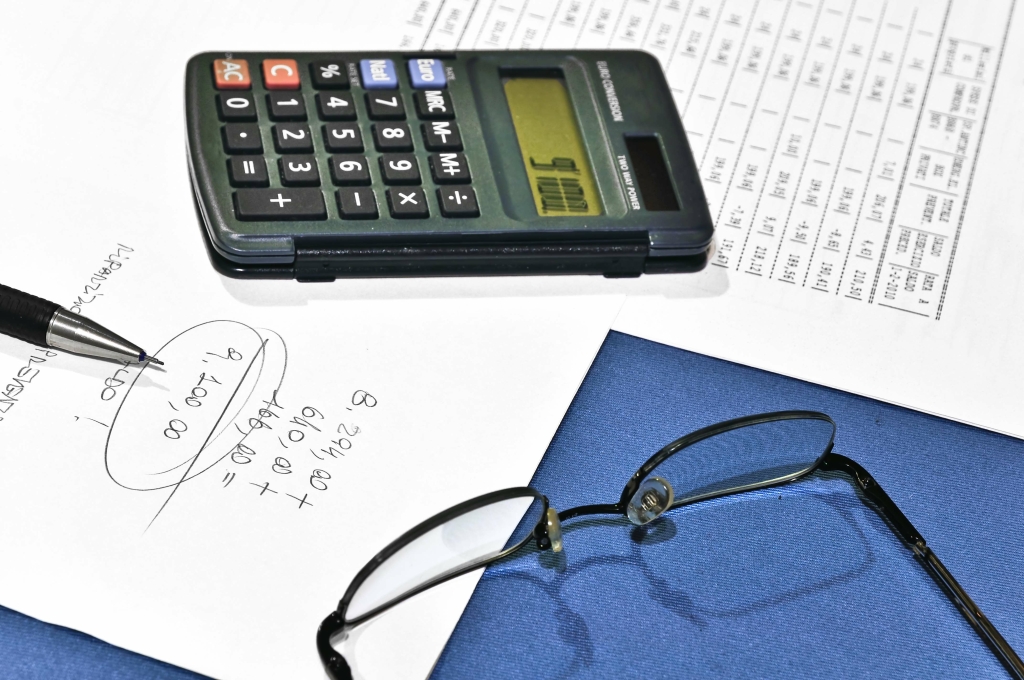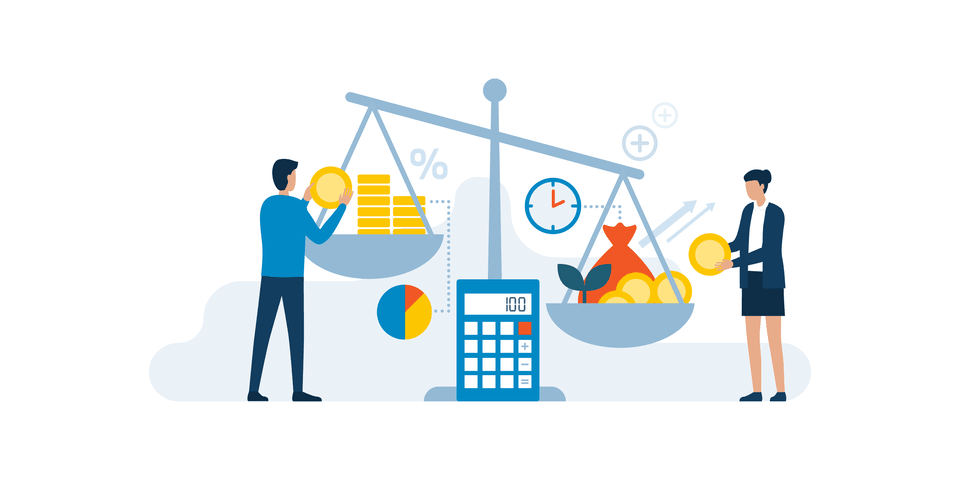Product Costs and Period Costs

In service organizations, Work in Progress (WIP) represents the costs incurred for services partially completed at the end of an accounting period. These can include direct labor costs incurred and direct expenses related to the service, along with an allocation of overheads. Thus, it is fair to say that product costs are the inventoriable manufacturing costs, and period costs are the nonmanufacturing costs that should be expensed within the period incurred. This distinction is important, as it paves the way for relating to the financial statements of a product producing company. And, the relationship between these costs can vary considerably based upon the product produced. Period costs do retained earnings not become a part of the cost of goods sold in the income statement.

#2 – Usage of Period Expense in Inventory Valuation

Once sold, product costs become costs-of-goods-sold on the income statement. Period costs, on the other hand, cannot be connected to specific products or services in a sensible or economically feasible manner. As a result, period costs are not part of product inventory on the balance sheet, but are immediately expensed on the income statement. When the product is sold, these costs are transferred from inventory account to cost of goods sold account and appear as such on the income statement of the relevant period. For example, John & Muller company manufactures 500 units of product X in year 2022.
Fixed Period Costs

Product, or manufacturing costs, can be classified into direct materials (DM), direct labor (DL), and manufacturing overhead (MOH). Period Costs directly affect the company’s profitability by reducing net income on the income statement. These expenses are deducted from revenues to calculate operating income, reflecting the costs incurred to support the business’s ongoing operations. To illustrate, assume that Kelly owns a small business selling seat cushions at sporting events. She buys the cushions from a wholesale company for $1 each and resales them to customers at the stadium for $5 each.

Current Account or Saving Account: Choosing the Right Option
Out of these 500 units manufactured, the company sells only 300 units during the year 2022 and 200 unsold units remain in ending inventory. The direct materials, direct labor and manufacturing overhead costs incurred to manufacture these 500 units would be initially recorded as inventory (i.e., an asset). The cost of 300 units would be transferred to cost of goods sold during the year 2022 which would appear on the income statement of 2022. The remaining inventory of 200 units would not be transferred to cost of good sold in 2022 but would be listed as current asset in the company’s year-end balance sheet. These law firm chart of accounts unsold units would continue to be treated as asset until they are sold in a following year and their cost transferred from inventory account to cost of goods sold account. In general, overhead refers to all costs of making the product or providing the service except those classified as direct materials or direct labor.
- Say goodbye to the hassle of building a financial model from scratch and get started right away with one of our premium templates.
- These are costs necessary for the product to be sold or accounted for but not for actually making the product.
- What is important to note about these product costs is that they attach to inventory and are thus said to be inventoriable costs.
- Generally, the benefit of the cost is used in the same period in which the corresponding revenue is reported.
- The pillars of managerial accounting are planning, decision-making, and controlling.
- Indirect costs, such as factory rent, utilities, and administrative salaries, are shared among multiple cost objects and cannot be easily traced to a specific product or service.
- Other general and administrative costs like office salaries can’t be allocated to products.
- The $10 direct materials would be a debit to cost of goods sold (increasing) and a credit to inventory (decreasing).
- The cost of raw materials, such as wood or metal, is a classic example of a variable cost.
- Previously, talent was located where the companies were, but now it’s the companies that seek out the talent.
- When preparing a budget, companies must estimate not only the variable costs that fluctuate with production levels but also the fixed period costs that remain constant regardless of output.
Reducing monthly rent expenses by $1,000 would increase net income by $12,000 per year. Careful monitoring of period costs is key for businesses to control operating budgets. One such classification involves differentiating between period and product costs. In managerial accounting, costs are also crucial in helping companies ensure profitability. Managerial accounting refers to the branch of accounting which covers the quality of information.

Since these costs are deducted from revenues within the same period they are incurred, they can significantly affect the net income reported. In the intricate world of accounting and management, period costs stand as a critical concept that influences financial reporting and strategic decision-making. These expenses are pivotal for businesses to comprehend as they directly affect profitability and operational efficiency. When preparing financial statements, companies need to classify costs as either product costs or period costs. We need to first revisit the concept of the matching principle period costs managerial accounting from financial accounting.
- This method is straightforward and suitable for costs that can be easily traced to a single cost object.
- Reducing monthly rent expenses by $1,000 would increase net income by $12,000 per year.
- A few good examples of period costs are advertising and administrative salaries.
- The minimum charge is fixed because it does not change depending on actual usage.
- For example, a commercial bakery might establish standard costs for ingredients, labor, and overhead required to produce one loaf of bread.
- Monitoring and managing Period Costs helps businesses identify inefficiencies and control expenses to achieve cost reduction objectives.
Usually, these costs come from various sources and accumulate into a single unit. The integration of period costs into budgeting and forecasting is a sophisticated exercise that enhances the precision of financial planning. When preparing a budget, companies must estimate not only the variable costs that fluctuate with production levels but also the fixed period costs that remain constant regardless of output. This comprehensive budgeting ensures that all aspects of the company’s financial obligations are anticipated and accounted for, allowing for a more robust financial plan. The immediate expensing of period costs has a direct impact on a company’s profit and loss statement.
